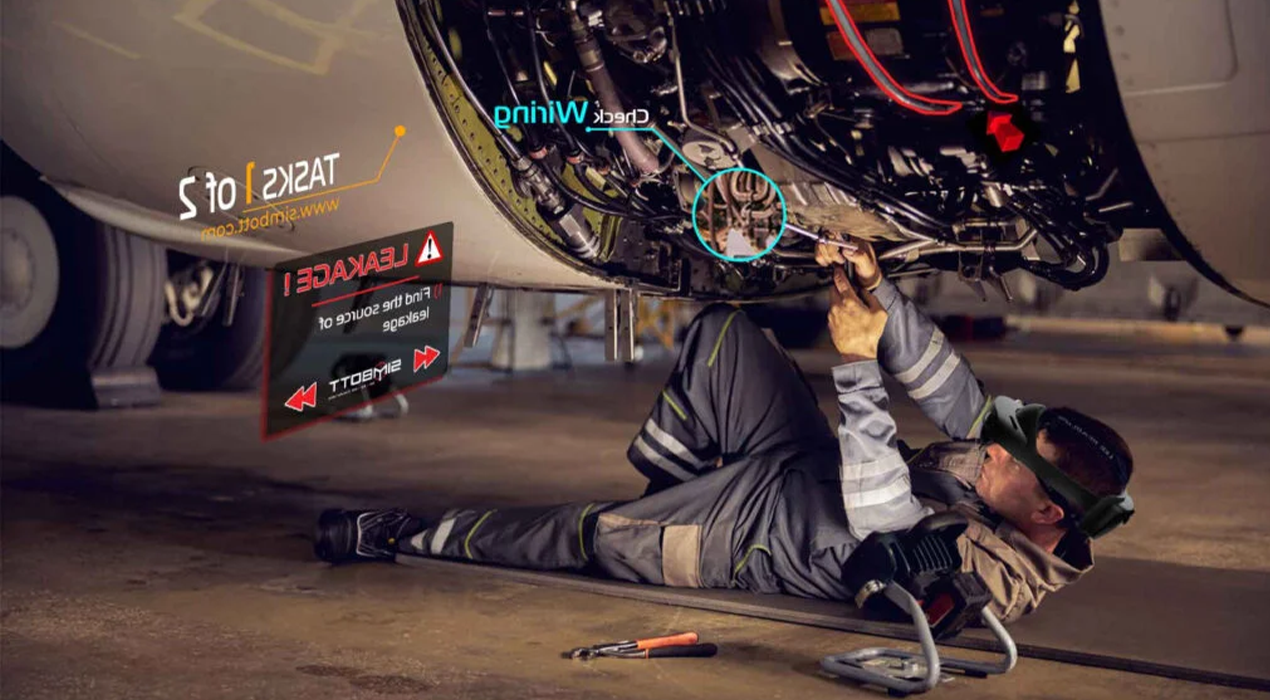
The aviation industry is constantly evolving, where safety and precision are paramount. Maintenance, Repair, and Overhaul (MRO) training plays a critical role, but traditional methods can be costly, time-consuming, and sometimes risky. Enter VR, AR, and MR immersive technologies that are transforming MRO training by providing safe, efficient, and cost-effective solutions.
How VR, AR, and MR Transform MRO Training
1. Virtual Reality (VR)
VR allows trainees to engage in simulated real-world MRO environments, honing their skills without the risk of damaging actual aircraft. Complex procedures can be practiced repeatedly, ensuring mastery before working on real equipment.
2. Augmented Reality (AR)
AR overlays technical data and instructions directly onto physical components, guiding technicians with precision. This interactive approach reduces errors and enhances learning efficiency.
3. Mixed Reality (MR)
MR blends the virtual and physical worlds, enabling trainees to interact with digital elements in real world settings. This hands-on approach ensures a highly immersive and realistic training experience.
Benefits of Immersive MRO Training
- Cost Savings: Reduce material usage, equipment downtime, and training expenses.
- Safety: Risk-free learning environments for complex procedures.
- Remote Collaboration: With Qvolv’s Q-Connect, experts can supervise, mentor, and guide trainees from anywhere in the world.
- Efficiency: Faster skill acquisition, improved retention, and higher preparedness for real-world challenges.
In an industry where every detail matters, immersive technologies like VR, AR, and MR are setting a new standard for MRO training enhancing safety, reducing costs, and preparing aviation professionals for the challenges of modern aviation.


